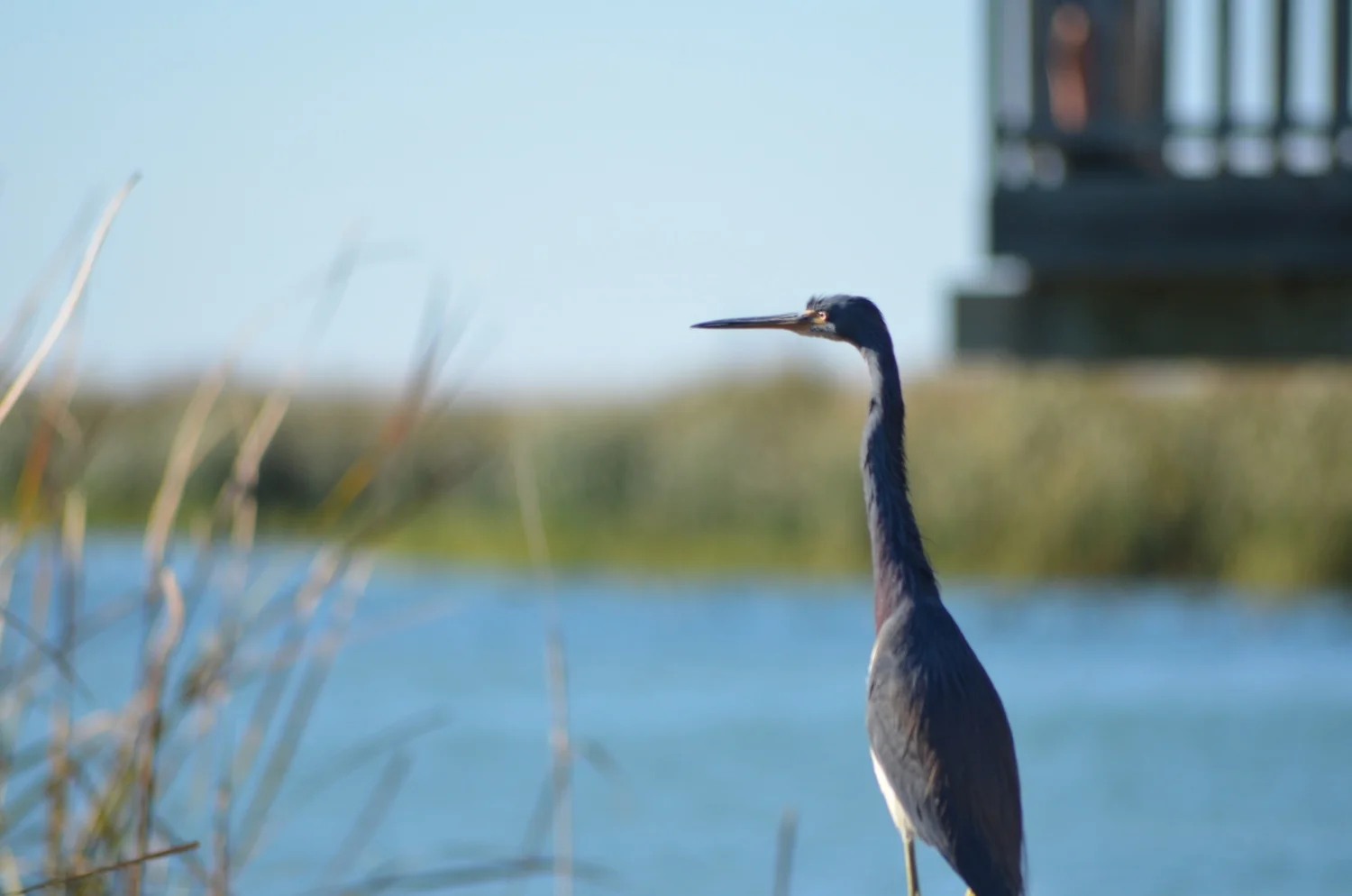As I’ve noted before, I have a lot of “old lady” activities. We’re getting to the time of year where one of them winds down (knitting is not pleasant at 80 degrees and 90% humidity) and another ramps up. Spring means gardening!
I’m only container gardening this year, but I have a lovely full sun deck. I am somewhat hampered by my broken ankle, which limits my ability to haul bags of dirt upstairs. But I persevere! There’s a plant sale at the South Texas Botanical Gardens this weekend, and I already have a few things going. Mostly tomato plants. Soon, I will have more native plants! I love natives. Because I am deeply geeky and most cool things are under-pinned by science.
Native plants are the base of any terrestrial ecosystem. They evolved in conjunction with the myriad butterflies and bees, moths and wasps, flies and beetles that inhabit any particular place. You may not love the bugs, but know what does? Birds. Particularly, baby birds.
I'm practically a cartoon! Image by Suzanne Britton
While adult birds will eat seeds (depending on the species), young birds generally need insects. The early bird gets the worm and all that. Take the adorable Ruby Crowned Kinglet. They eat insects almost exclusively, with occasional berries. You will not see one coming by your birdfeeder. And who wouldn’t want to have these guys around? They’re little balls of floof, with a red crest! Hummingbirds are similar – the adults may drink nectar all day long, but the nestlings primarily get bugs stuffed down their throat.
If you want birds, you need bugs. Bringing Nature Home by Doug Tallamy really drives this home. The author is an entomologist, so he’s partial to insects anyway. But the science remains true. Native plants lead to more insects – and a greater diversity of insects – which lead to more birds. It’s for the birds.
Between Port Aransas and Austin, I used to stop at the Cuero Nursery, which has since closed down. The first time I went, a friend was with me. Slow, lazy bumblebees hovered nearby, while flies and parasitic wasps and a hornet buzzed around. The humidity, still wind and blooming flowers made the air feel heavy and everything smelled wonderful. My friend was not thrilled. The owner of the nursery replied to her feeble attempts at avoiding the bugs, “Any good nursery is going to have bugs.” And, of course, it’s true. Go to the Lady Bird Johnson Wildflower Center during their plant sale in April. I guarantee, there will be lots and lots of bugs. Then go to, say, Lowe’s garden center. I know which I prefer.
Some suggested reading:
Ladybird Johnson Wildflower Center: http://www.wildflower.org/explore/
Bringing Nature Home by Doug Tallamy
Attracting Native Pollinators from the Xerxes Society
Ecosystem Gardening: http://www.ecosystemgardening.com/start
And, this is the blog post that spawned my initial interest in the subject: http://www.redwombatstudio.com/garden/?p=355




